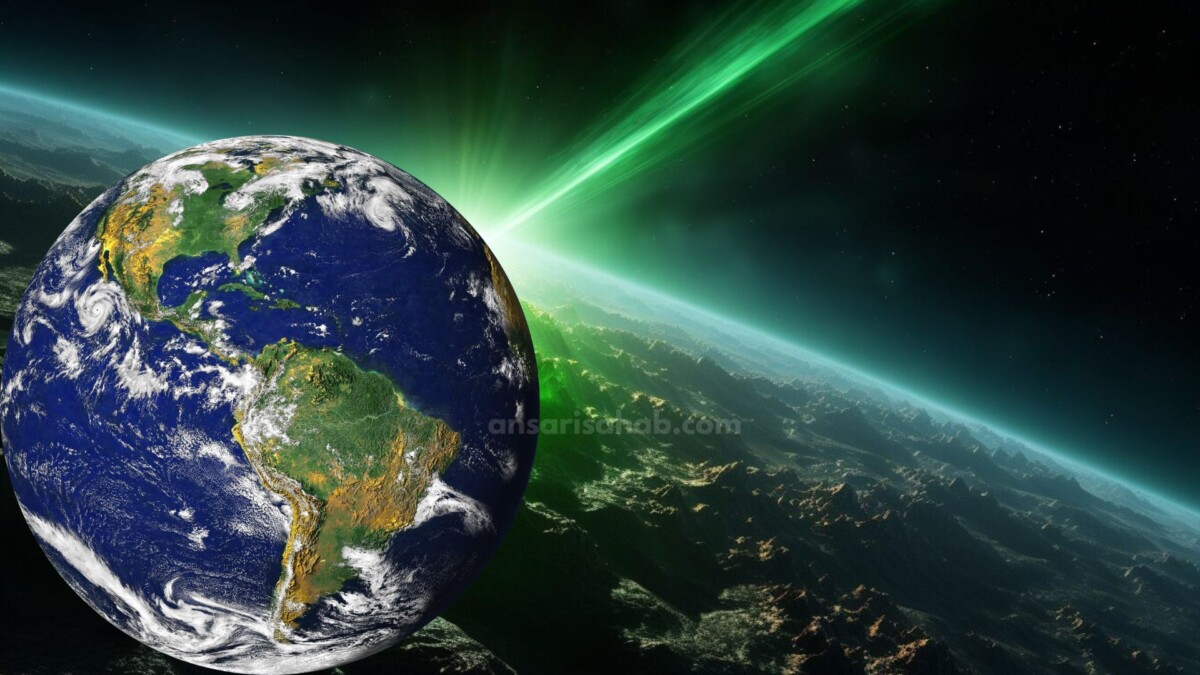In an extraordinary leap for deep space communication, NASA’s Psyche spacecraft has achieved a groundbreaking feat by sending a laser-beamed message from a staggering distance of 10 million miles from earth. This historic achievement, conducted as part of NASA’s Deep Space Optical Communications (DSOC) experiment, signifies a pivotal moment in space exploration and communication technologies.
The Marvels of Laser-Based Communication
The DSOC experiment utilized a near-infrared laser to transmit data from the Psyche spacecraft to Earth. This innovative approach, the first of its kind at such an astronomical distance, showcases the potential of optical communication over traditional radio methods. The message was received by the Hale Telescope at Caltech’s Palomar Observatory in San Diego, California, highlighting the efficiency and reliability of laser-based communication in the vacuum of space.
Advantages Over Traditional Communication Methods
Optical communication, as demonstrated by the DSOC experiment, boasts several advantages over conventional radio-frequency methods. One key advantage is speed; lasers can transmit data at significantly higher speeds, opening up new possibilities for real-time communication with spacecraft in deep space. The secure nature of optical communication, coupled with its resistance to interference, makes it an ideal candidate for future space missions.
The DSOC Technology
The DSOC experiment employs a laser beam sent from Earth to the spacecraft, where a mirror reflects the beam back to Earth. The Earth-based receiver then decodes the laser signal into meaningful data. This method allows for faster and more secure communication compared to traditional radio waves, marking a crucial advancement in the field of deep space communication.
Read Also: Revolutionizing Tech: Unveiling the Humane AI Pin and Its Potential Impact on Wearable Computing
Challenges and Future Prospects
While laser-based communication presents numerous advantages, challenges remain. Atmospheric conditions, including clouds and dust, can impede laser beams, requiring careful consideration during deep space missions. Additionally, precise alignment between the spacecraft and the Earth-based receiver is crucial, demanding advanced technologies to ensure accurate communication.
Looking ahead, the successful transmission of a laser-beamed message lays the foundation for future innovations in space exploration. The DSOC experiment, as part of NASA’s Psyche mission, sets the stage for further developments in optical communication technology. The potential applications extend beyond deep space exploration, including high-speed internet access for remote areas and the transmission of large data sets from space to Earth.
The Psyche Mission: A Metal-Rich Adventure
The Psyche spacecraft, responsible for this groundbreaking communication achievement, is on a mission to study a metal-rich asteroid located between Mars and Jupiter. Scheduled to arrive at the asteroid Psyche in 2026, the spacecraft aims to unravel the mysteries surrounding this unique celestial body, believed to be the remnants of an early planet.
The successful integration of laser-based communication with the Psyche mission enhances the spacecraft’s capabilities for transmitting valuable scientific data back to Earth. This not only benefits the mission’s objectives but also showcases the adaptability and reliability of optical communication in deep space scenarios.
Conclusion: Paving the Way for a New Era in Space Exploration
In conclusion, the transmission of a laser-beamed message from 10 million miles away represents a historic breakthrough for NASA and the future of space exploration. The DSOC experiment’s success opens new avenues for efficient, high-speed communication in the vastness of space, ensuring that humanity can stay connected with spacecraft exploring the far reaches of our solar system and beyond.
As the Psyche mission continues its journey to study the metal-rich asteroid, the integration of optical communication technologies reaffirms NASA’s commitment to pushing the boundaries of what is possible in space exploration. The laser revolution heralded by the DSOC experiment is a testament to human ingenuity and the relentless pursuit of knowledge in the cosmos.
This achievement not only propels NASA into a new era of deep space communication but also sparks excitement for the future possibilities that laser-based communication holds. As technology evolves, the prospects for seamless communication between Earth and distant spacecraft become more promising, paving the way for unprecedented discoveries and a deeper understanding of our celestial neighbors









